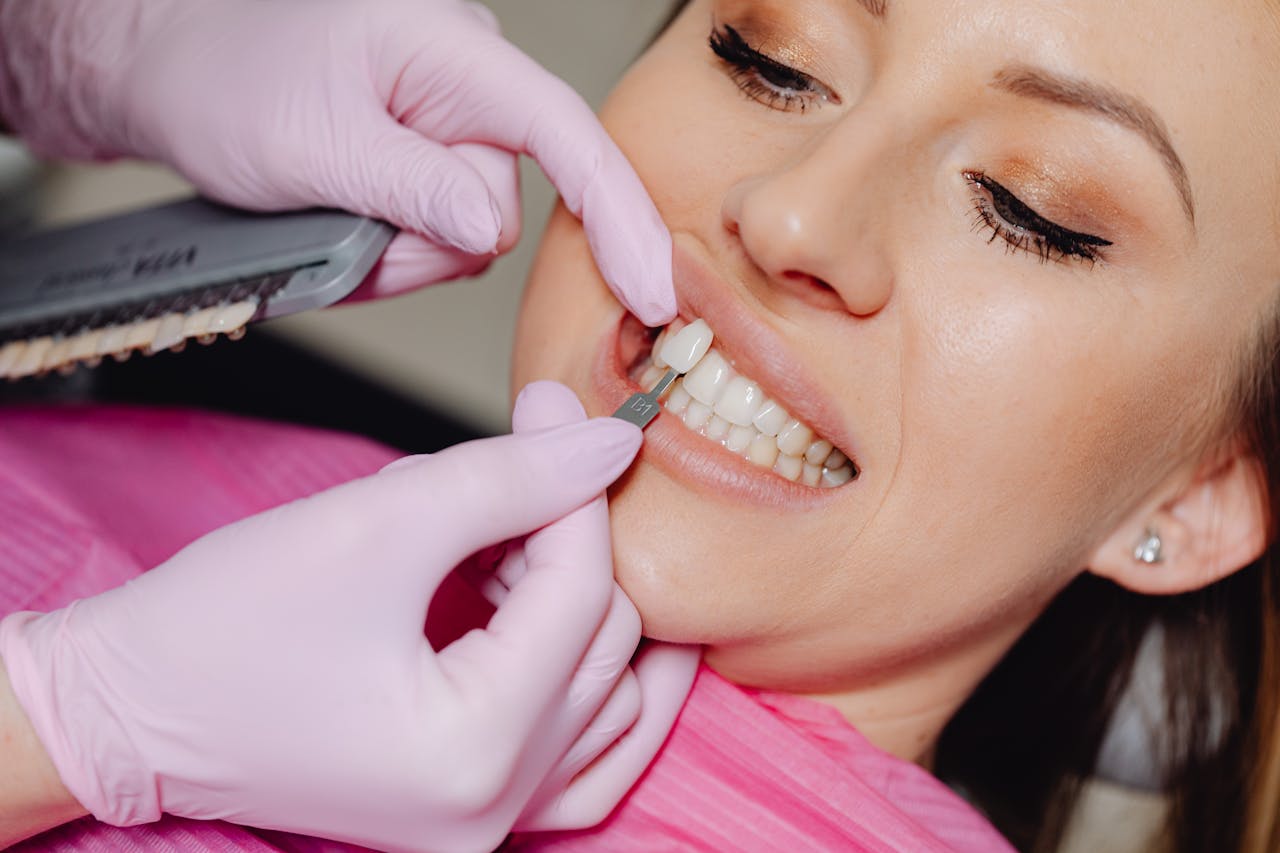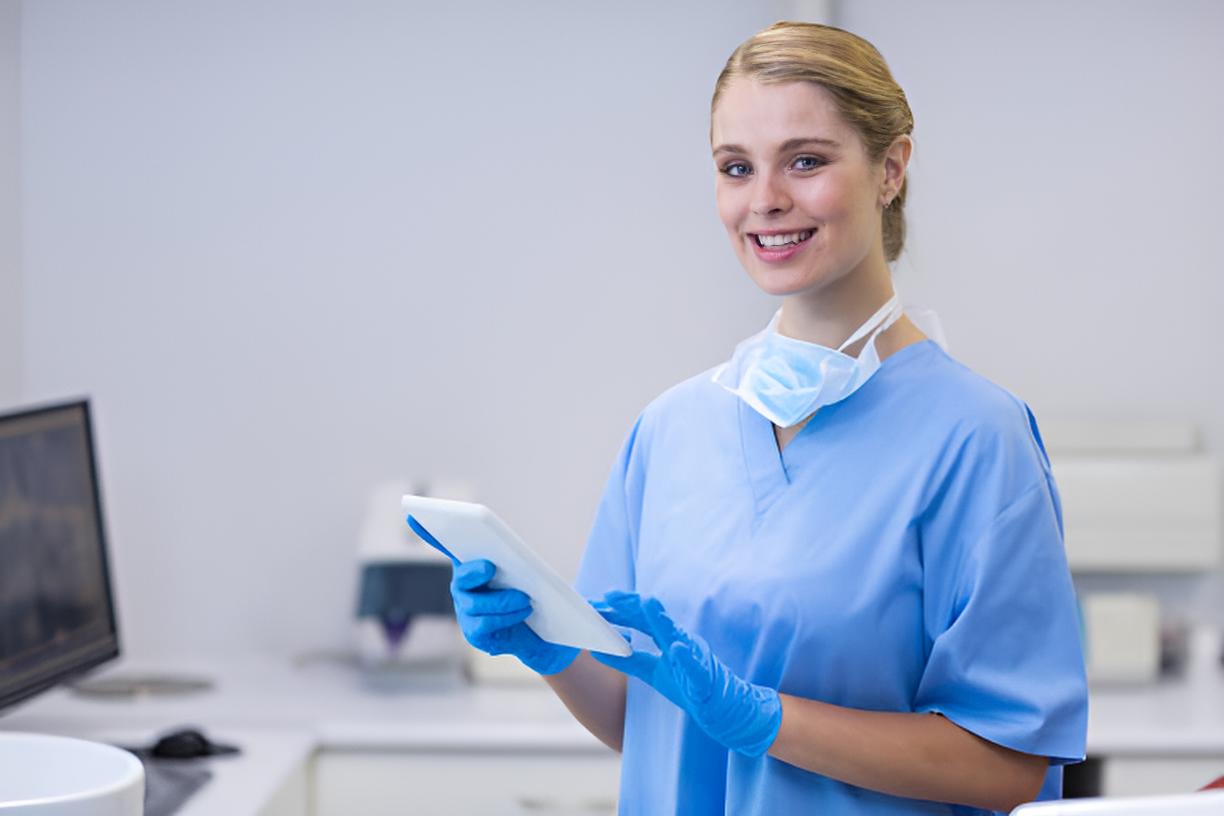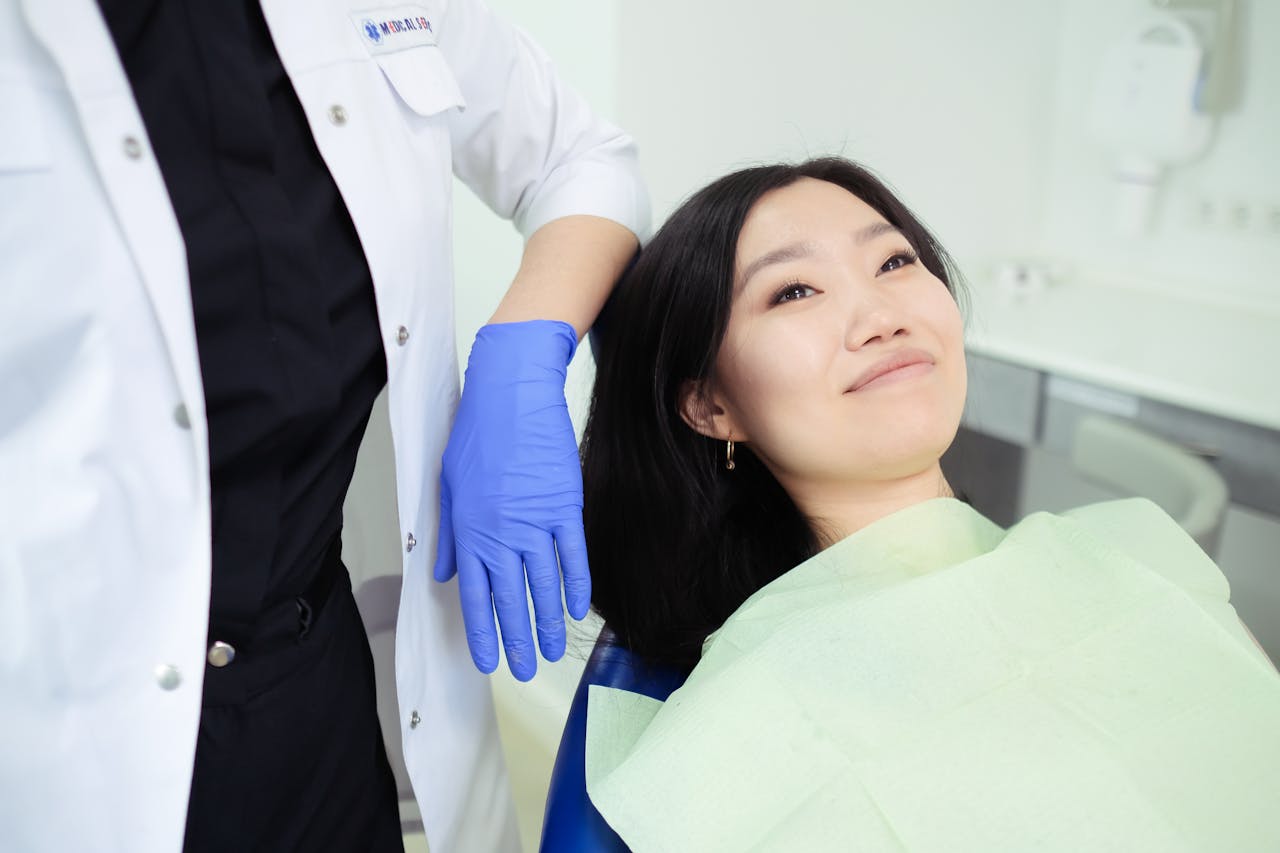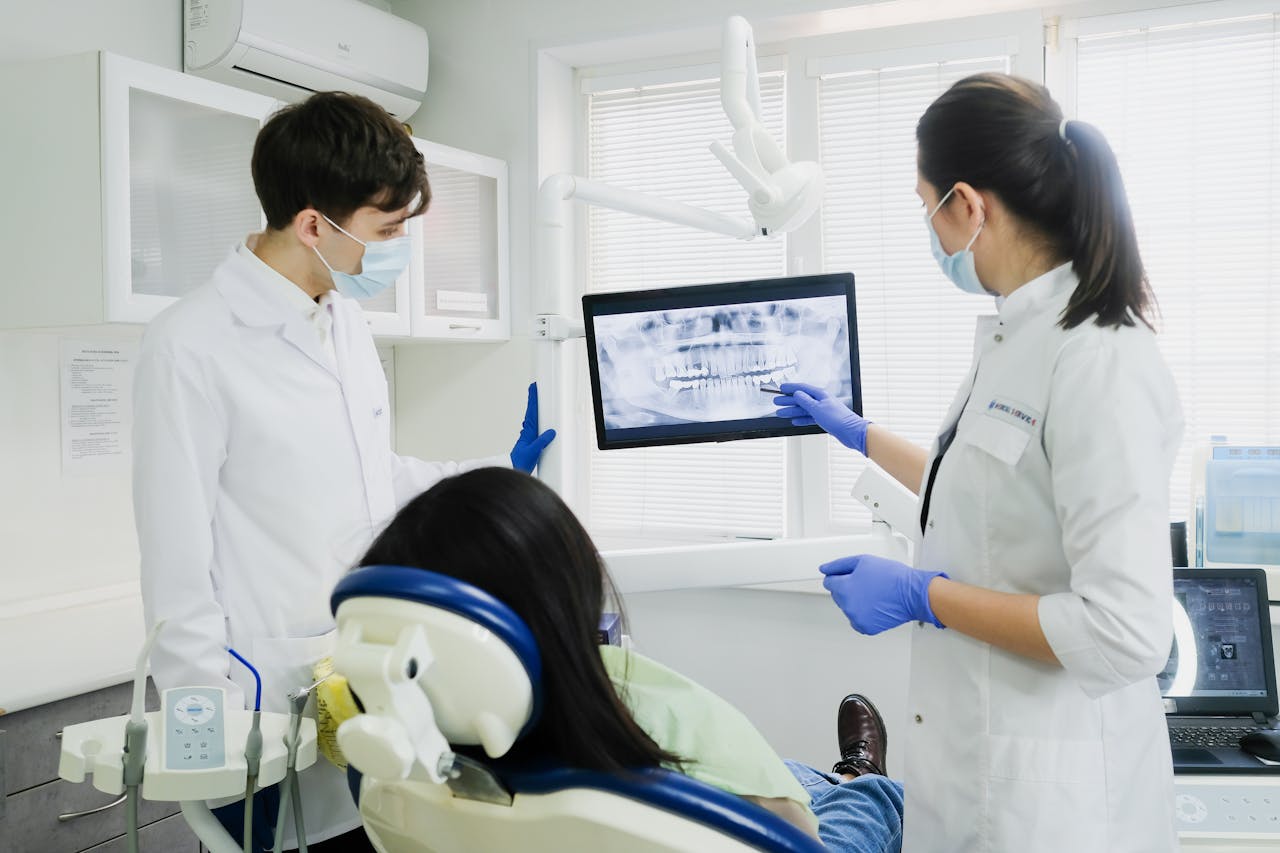23 Dental Scheduling Efficiency Statistics — The $200,000 Opportunity in 2025

Comprehensive data compiled from extensive research across dental practices, DSOs, and emerging scheduling technologies
Key Takeaways
- Scheduling inefficiencies cost $100,000-$150,000 annually - With 35% of calls missed during business hours and many new patient inquiries lost, practices hemorrhage revenue daily through preventable scheduling failures
- AI automation delivers strong ROI within months - Practices implementing AI report 12-45% revenue increases, with DSOs achieving $13,900 additional monthly revenue per location
- 77% of patients demand online booking, but only 26% of practices deliver. This 51-point gap creates a massive competitive advantage for early adopters who experience 24% higher booking rates
- Front desk staff spend 60-70% of their time on calls and appointments - Automation reduces this burden significantly, freeing hours weekly for patient care while cutting operational costs
- 12% of dental appointments booked after-hours - Practices with 24/7 coverage report 15% profitability increases and improved patient retention
- DSOs demonstrate near 100% technology adoption vs 73% for solo practices - Enterprise-scale operations achieve significant EBITDA improvements through standardized scheduling systems
- Dental software market reaches $3.97 billion by 2030 - With 10.95% CAGR and significant VC funding in 2024, technology investment signals irreversible industry transformation
- AI systems improve early detection by 31% - Leading to 8 additional restorations monthly per provider, worth $30,000 annually
Financial Impact & Revenue Loss
1. Practices lose $100,000-$150,000 annually from scheduling inefficiencies
The cumulative impact of missed calls, no-shows, and scheduling errors creates a staggering revenue drain for dental practices. Research shows that inefficient scheduling systems directly impact the bottom line through multiple failure points. This six-figure loss represents pure opportunity cost that could otherwise fund practice expansion, technology upgrades, or additional staff. Smart practices recognize scheduling optimization as the fastest path to revenue recovery without increasing patient volume.
2. Missed calls represent significant lost revenue opportunities
The financial impact of unanswered phones extends far beyond a single appointment. Industry analysis reveals that each missed call represents a potential new patient opportunity, with estimates varying from $300-$800 in immediate treatment value depending on practice location and specialty. When considering a lifetime patient value averaging $10,000-$15,000, the true cost multiplies exponentially. While the exact cost per missed call varies by practice, the cumulative impact of missing multiple calls weekly can forfeit substantial annual revenue potential, making comprehensive call management systems essential for financial sustainability.
3. 35% of calls are missed during regular business hours
Despite being officially "open," dental practices fail to answer more than one-third of incoming calls during standard operating hours. Multiple sources confirm this 30-35% miss rate based on analysis of hundreds of thousands of calls. Peak periods around lunch hours and end-of-day see miss rates exceeding 50%, precisely when working patients most need to schedule appointments. The business hours miss rate alone costs average practices $75,000-$100,000 annually in lost revenue opportunities.
4. New patient inquiries face significant response challenges
The most valuable calls—new patient inquiries—often go unanswered at concerning rates. Studies indicate that missed new patient call rates vary significantly based on practice resources, location, and call management systems, with some practices missing 20-40% of these critical opportunities. These high-intent callers, actively seeking care, simply move to the next practice on their list. With new patient acquisition costs ranging from $65-$400, missing these calls while simultaneously spending on marketing creates a devastating financial paradox that undermines practice growth strategies.
5. AI scheduling increases revenue by 12-45% for adopting practices
Early adopters of AI-powered scheduling report transformative financial results. Analysis of DSO implementations shows revenue increases ranging from 12% for basic automation to 45% for comprehensive AI integration. These gains stem from multiple sources: captured after-hours appointments, reduced no-shows, optimized chair utilization, and improved patient retention. The technology demonstrates strong return on investment, though specific timelines and percentages vary based on practice size and implementation approach.
Automation ROI & Cost Savings
6. Automated scheduling delivers strong ROI with rapid payback
The financial case for automation proves compelling, though specific ROI figures vary widely based on practice size, implementation quality, and market conditions. While some vendors report exceptional returns, most practices can expect positive ROI within 3-6 months through multiple value streams: reduced labor costs, increased appointment capture, decreased no-shows, and improved operational efficiency. The actual return depends heavily on baseline efficiency and implementation effectiveness. Practices should conduct thorough cost-benefit analyses specific to their operations rather than relying on industry averages. AI-powered virtual receptionists represent one of the most comprehensive automation solutions available for dental practices seeking these efficiency gains.
7. Front desk staff spend 60-70% of their time on calls and appointments
Phone management and scheduling dominate front desk workflows. Research indicates that front desk workers spend the majority of their time on communication-related tasks. With average front desk salaries of $35,000-$45,000, practices effectively spend over $20,000 per employee annually on these repetitive tasks. Automation liberates this time for patient care, treatment planning assistance, and relationship building that drives practice growth.
8. AI systems improve early detection by 31% generating $30,000 annually
Clinical AI creates new revenue streams beyond scheduling. Practices using AI diagnostic tools increase early detection rates by 31%, leading to 8 additional restorations monthly, worth $30,000 annually per provider. When integrated with scheduling systems, AI diagnostics automatically schedule follow-up appointments for identified treatment needs. This clinical-operational integration represents the future of practice management.
9. DSOs report $13,900 additional monthly revenue per location with AI
Enterprise implementations demonstrate AI's scalability. SGA Dental Partners achieved $13,900 in additional monthly revenue per location through comprehensive AI scheduling deployment. Extrapolated annually, this represents $166,800 per location in found revenue without adding patients or providers. For DSOs operating 20+ locations, the cumulative impact exceeds $3.3 million annually, fundamentally altering organizational economics and competitive positioning.
10. Automated confirmations achieve 97-99% success rates
Text message automation transforms appointment confirmation effectiveness. Systematic reviews show that SMS reminders achieve 97-99% successful contact rates, dramatically outperforming phone calls (40-50%) and emails (20%). Automated text confirmations process instantly, freeing 250-500 annual staff hours for revenue-generating activities. This time savings equates to $5,000-$10,000 in labor costs while virtually eliminating no-shows.
Operational Efficiency Metrics
11. High-performing practices achieve 80-85% chair utilization rates
Chair utilization separates thriving practices from struggling ones. Industry benchmarks indicate top performers maintain 80-85% utilization compared to 72-78% industry average, maximizing fixed asset productivity. Each percentage point improvement in utilization generates approximately $15,000-$20,000 annual revenue for single-chair operations. Achieving optimal utilization requires sophisticated scheduling algorithms that balance provider preferences, procedure types, and patient flow dynamics.
12. Billing errors drain 5-10% of annual revenue from practices
Administrative inefficiencies compound scheduling challenges. Billing errors alone cost practices 5-10% of annual revenue, representing $50,000-$100,000 for average operations. These errors often originate from scheduling mistakes: incorrect procedure codes, insurance verification failures, and appointment type mismatches. Integrated scheduling systems that validate insurance and procedure codes during booking prevent downstream billing errors, protecting revenue integrity.
13. Poor scheduling increases overhead by 5-10% unnecessarily
Inefficient scheduling inflates operational costs across multiple dimensions. Studies show poor scheduling practices increase overhead through overtime payments, rush supply orders, and reactive staffing adjustments. Conversely, optimized scheduling reduces overhead through predictable staffing, bulk supply ordering, and smooth patient flow. For practices with 65% overhead, improving scheduling can reduce this to 58-60%, dramatically improving profitability margins.
14. 43% of new patients don't return for second appointments
Patient retention failures often trace to scheduling friction. Research indicates 43% of new patients never return for second appointments, frequently citing scheduling difficulties as a primary factor. With new patient acquisition costs 5-25 times higher than retention, losing nearly half of new patients devastates practice economics. Seamless scheduling experiences, including easy rebooking and flexible options, improve retention rates to 70%+, multiplying lifetime patient value.
Patient Behavior & Preferences
15. 77% of patients want providers offering online booking capabilities
Patient expectations have fundamentally shifted toward digital convenience. A commanding 77% of patients actively seek providers with online scheduling, considering it a basic service requirement rather than a luxury. This preference spans all age groups, with even older patients appreciating 24/7 booking flexibility. Practices without online scheduling lose patients to competitors before treatment discussions begin, forfeiting market share to digitally-enabled competitors.
16. Only 26% of dental practices offer online scheduling
Despite overwhelming patient demand, just 26% of practices provide online booking, creating a massive competitive opportunity. This 51-percentage-point gap between patient expectations and practice capabilities represents the largest disconnect in dental service delivery. Early adopters capture market share from traditional practices, with some reporting 30-40% of new patients specifically choosing them for digital convenience.
17. 12% of dental appointments booked outside business hours
After-hours demand represents an untapped opportunity. Zocdoc data shows 12% of dental appointments are booked between 5 p.m. and 9 a.m. when most practices are closed. These high-intent searchers, often experiencing pain or urgency, book with the first available providers. Practices capturing after-hours demand through 24/7 scheduling report 15-20% increases in new patient acquisition.
18. Text reminders achieve 97-99% contact success rates
Text messaging dominates patient communication effectiveness. SMS reminders achieve 97-99% successful contact rates, dramatically outperforming phone (40%) and email (20%) confirmation rates. Patients respond to texts within 90 seconds on average, compared to 90 minutes for email and 48 hours for voicemail. Two-way texting enables instant rescheduling, reducing no-shows while improving patient convenience and satisfaction.
19. 60% of patients are frustrated by phone scheduling wait times
Traditional phone scheduling creates significant patient friction. Three in five patients express frustration with hold times, transfers, and callbacks required for phone scheduling. Average hold times of 2-4 minutes feel eternal to modern consumers accustomed to instant digital transactions. This frustration compounds during peak calling periods, with 25% of patients abandoning calls entirely after two minutes on hold.
Technology Adoption & Market Trends
20. 35% of dentists have adopted AI across various applications
AI adoption reaches critical mass in dentistry. Current penetration of 35% spans diagnostics, treatment planning, and administrative functions, including scheduling. Early adopters report competitive advantages in efficiency and patient care quality. The adoption curve suggests 70% penetration by 2027, making immediate implementation crucial for maintaining market position.
21. DSOs achieve near 100% technology adoption vs 73% solo practices
Organizational scale drives technology implementation disparities. DSOs report near-universal technology adoption while solo practices lag at 73%, creating performance gaps that compound over time. DSOs leverage centralized purchasing power, dedicated IT resources, and standardized training to accelerate deployment. This technology gap translates to operational efficiency differences of 20-30%, making independent practices increasingly uncompetitive without technology investment.
22. Dental software market reaches $3.97 billion by 2030
Market growth signals irreversible digital transformation. The dental practice management software market, valued at $2.36 billion in 2025, projects growth to $3.97 billion by 2030 at a 10.95% CAGR. This expansion reflects universal recognition that manual processes cannot support modern practice requirements. Cloud-based solutions lead growth at 14.21% CAGR, overtaking on-premises systems by 2027 as practices prioritize flexibility and scalability.
23. Significant VC investment flows into dental technology
Investment capital validates industry transformation. Venture capitalists continue substantial investment in dental technology throughout 2024, with Pearl's $58 million Series B representing one of the largest dental AI funding rounds. Multiple deals demonstrate sustained investor confidence in digital dentistry's growth potential. While exact annual totals fluctuate, this capital influx accelerates innovation cycles, bringing enterprise-grade capabilities to practices of all sizes through SaaS delivery models.
Frequently Asked Questions
Q: What's the realistic ROI timeline for implementing AI scheduling systems? Based on DSO data and industry reports, AI scheduling systems typically achieve positive ROI within 3-6 months, though exceptional cases may see faster returns. The actual ROI varies significantly based on practice size, baseline efficiency, implementation quality, and local market conditions. Rather than expecting a universal return rate, practices should conduct thorough cost-benefit analyses specific to their operations.
Q: How do different practice sizes benefit from scheduling automation? Solo practices see dramatic time savings, recovering 5-10 hours weekly in staff time worth $15,000-$25,000 annually. Mid-size groups (3-10 locations) achieve operational standardization and resource sharing. Large DSOs like SGA Dental Partners leverage network effects, achieving $13,900 additional monthly revenue per location through AI implementation.
Q: What are the realistic costs of maintaining manual scheduling systems? Manual scheduling creates compound inefficiencies, including billing errors (5-10% of revenue), missed calls during business hours (30-35%), new patient loss due to friction (up to 43%), and increased overhead (5-10%). While the exact financial impact varies by practice, the cumulative hidden cost typically ranges from $75,000-$150,000 annually for average practices.
Q: How do generational preferences impact scheduling strategy? Practices must accommodate divergent preferences across age groups. Younger patients overwhelmingly prefer digital self-service and text communication, while older demographics may still favor phone interactions. Successful strategies implement omnichannel approaches, offering online booking for tech-savvy patients while maintaining phone access for traditional preferences.
Q: What happens to practices that delay scheduling automation adoption? Market dynamics increasingly punish technological laggards. With 35% of dentists already using AI and projections to 70% by 2027, late adopters face competitive disadvantages: loss of tech-savvy patients to digital-first competitors, inability to capture after-hours searches, higher operational costs reducing margin competitiveness, and difficulty attracting younger staff expecting modern workplace tools.
Sources Used
- Simbo AI
- Reach
- PeerLogic
- National Library of Medicine
- Dental Economics
- Dentistry Support
- FollowApp
- Zocdoc
- HealthfulHelps
- Mordor Intelligence









